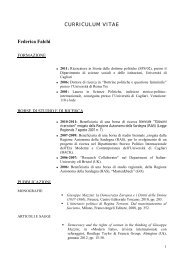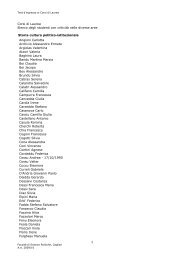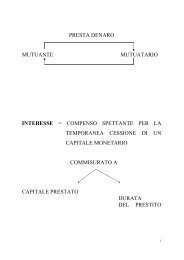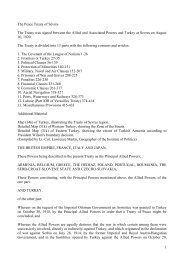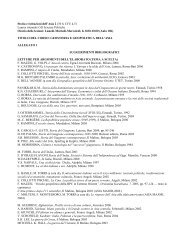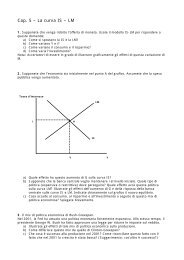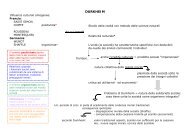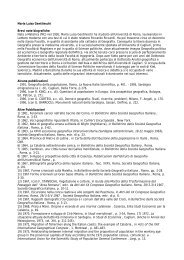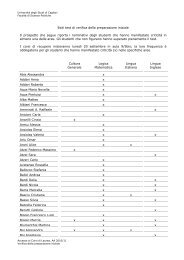Controlling for Heterogeneity in Gravity Models of Trade
Controlling for Heterogeneity in Gravity Models of Trade
Controlling for Heterogeneity in Gravity Models of Trade
You also want an ePaper? Increase the reach of your titles
YUMPU automatically turns print PDFs into web optimized ePapers that Google loves.
and BEa results differ enough to reject the restrictions needed to obta<strong>in</strong> BEa model. This isconfirmed by a likelihood ratio test. Further, <strong>in</strong> terms <strong>of</strong> fitt<strong>in</strong>g the data, the FEa model ispreferred <strong>in</strong> terms <strong>of</strong> the sum <strong>of</strong> squared residuals, the Akaike In<strong>for</strong>mation Criteria, and theAmemiya Probability Criteria. As <strong>for</strong> the further restrictions <strong>in</strong> Bayoumi and Eichengreen (1997)that β1= β2and β3= β4, our results <strong>in</strong>dicate that this would clearly have significant effects onthe estimates, and there<strong>for</strong>e should not be imposed.The other alternative to the FEa model is due to Mátyás (1997), who proposes us<strong>in</strong>g thespecificationln Xijt= α0+ αt+ θi+ ωj+ β1lnYit+ β2lnYjt+ β3ln Nit+ β4ln Njt+ εijt; (7)where the effect when a country is an exporter is θi, and when it is an importer isωj. Thismodel is a restricted <strong>for</strong>m <strong>of</strong> the FEb model <strong>in</strong> that it imposes arbitrary cross-pair restrictions onthe country-pair effects; α = α − ω + θ .ijikkjThe empirical results, summarized by the last column <strong>of</strong> Table 2, show that the coefficientsare identical to those from the FEa model, although their standard errors are very large. In fact,they are large enough to reject the statistical significance <strong>of</strong> all but the coefficient on dest<strong>in</strong>ationGDP. The lower-right panel <strong>of</strong> Figure 1 plots the residuals <strong>of</strong> this model aga<strong>in</strong>st the log <strong>of</strong>exports, and shows that this model has very peculiar results. The wide dispersion <strong>of</strong> the residualsalso <strong>in</strong>dicates a very poor fit relative to FEa. Further, a likelihood ratio test easily rejects the nullhypotheses that the cross-pair restrictions do not change the results <strong>in</strong> a statistically importantway. So, although this model elim<strong>in</strong>ates the bias <strong>in</strong> the estimates <strong>of</strong> the coefficients on the19



